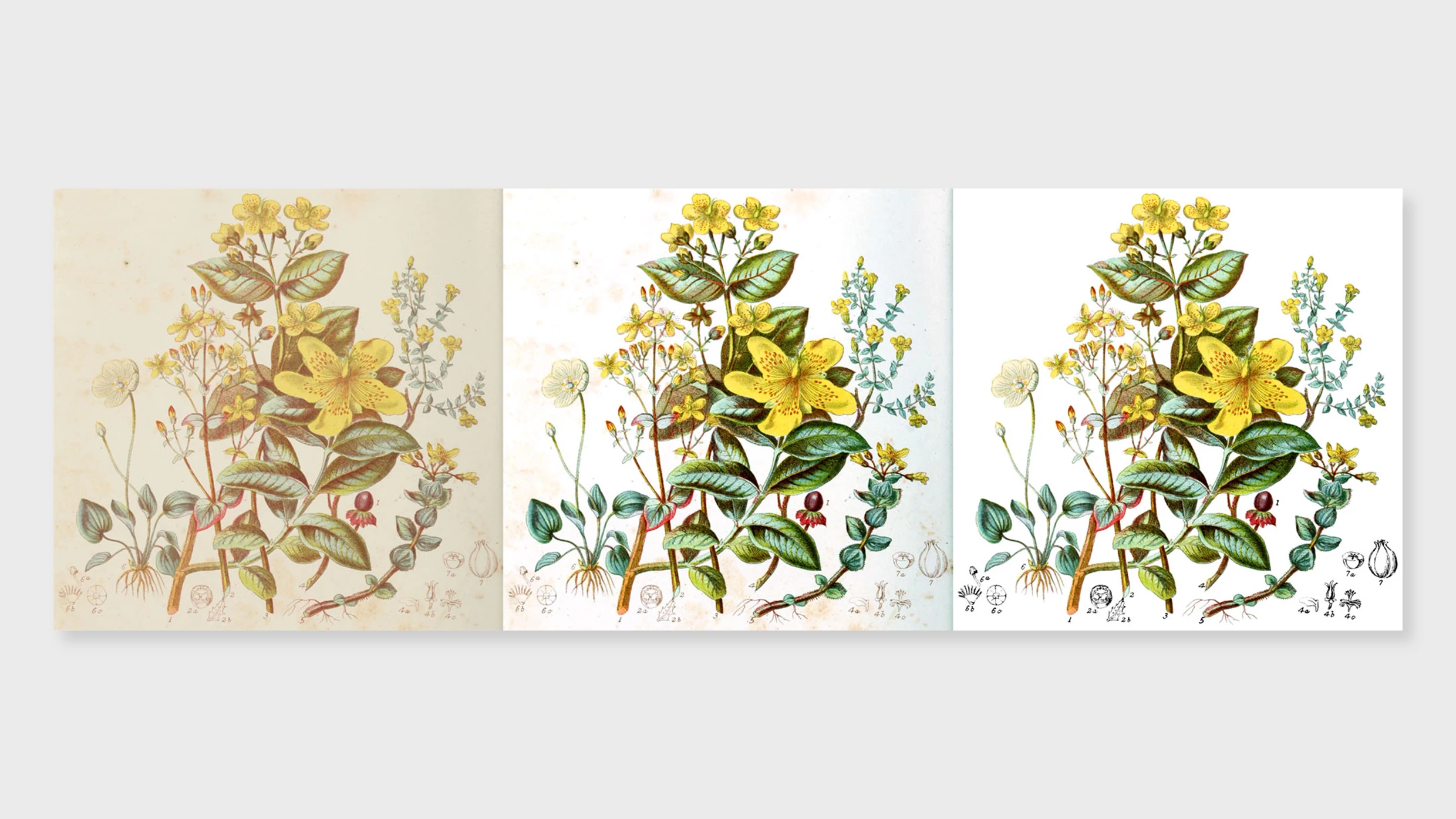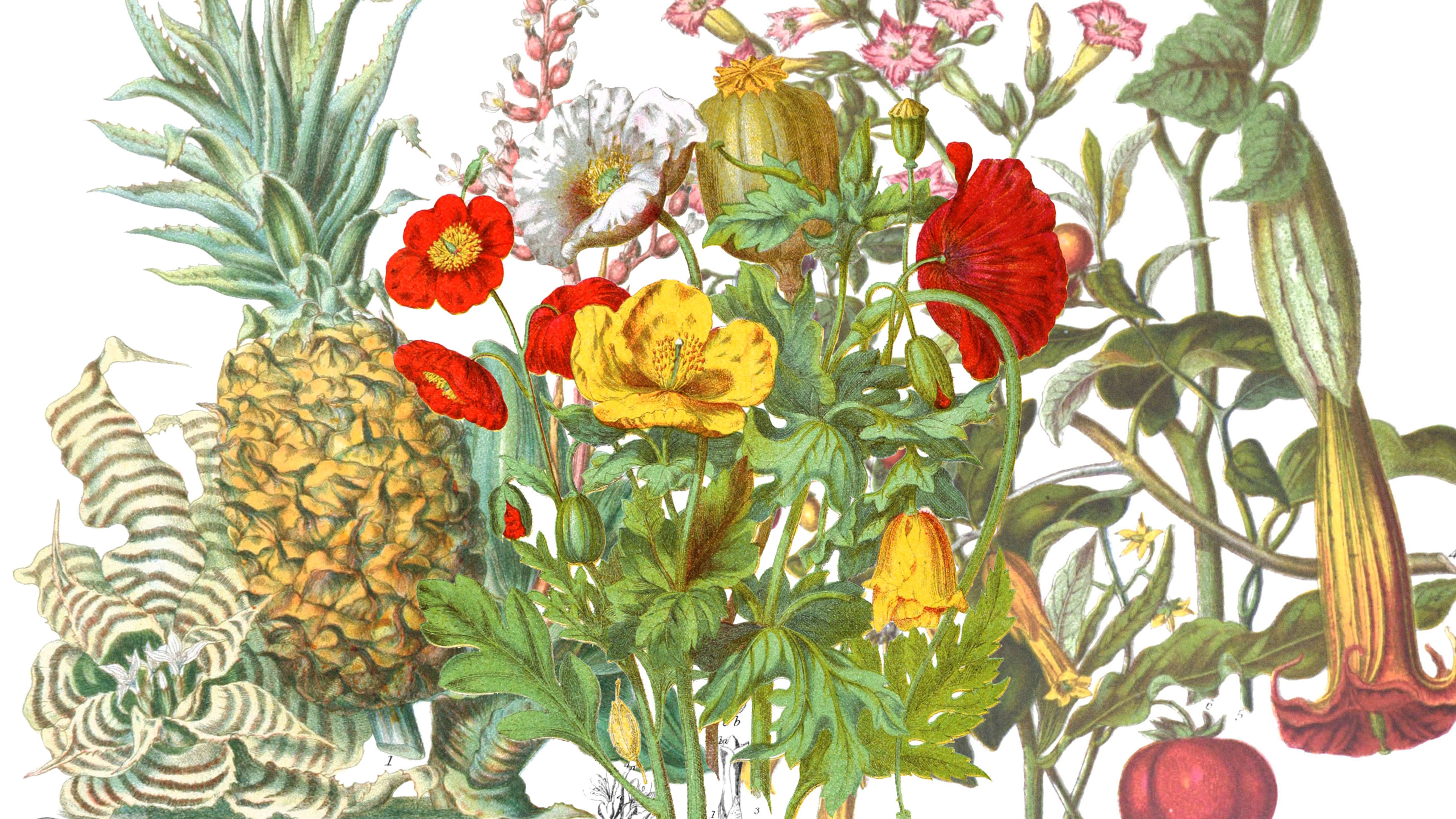Nicholas Rougeux is a man obsessed with revitalizing antique publications. Over the past year, he’s recreated Werner’s Nomenclature of Colours and Byrne’s Euclid—transforming these tomes on art and mathematics into interactive, digital experiences. For his latest work, he turned to the subject of botany, remastering the Natural Orders of Plants as an interactive website and a series of prints. The books were first published in 1849 by Elizabeth Twining, a botanist and plant portrait artist who created the works in their entirety.
The original printing is housed in the Natural History Museum in London, which deems the two volumes “among the finest lithographic flower books of the mid-nineteenth century.” Using scans of a rerelease that are available in the Internet Archive, Rougeux spent four months painstakingly remastering the 772 plants in the books’ 160 lithographs and building them into an eminently clickable site complete with full, original text.
So for the first time in 150 years, you can see Twining’s work without the fading and discoloration of time.

While the science in the books is dated, the illustrations are as stunning as ever. That’s because Rougeux retraced Twining’s work by hand, erasing any spots and anomalies in the scans, while restoring the original colors as best he could. (You can read more on the laborious process, which Rougeux detailed in full, here.)

. There was always some extra adjustment needed to reduce the redness that comes with aging paper,” says Rougeux. “Sometimes I looked up the plants to find photos of them as a reference point, but often the colors in those photos couldn’t be easily reproduced in the 1800s so I strove for colors that looked as evenly balanced and natural as possible. I imagine someone more skilled than me could refine the images even more, but I think the end result turned out to be an improvement over the original aged scans.”

Recognize your brand’s excellence by applying to this year’s Brands That Matter Awards before the early-rate deadline, May 3.











